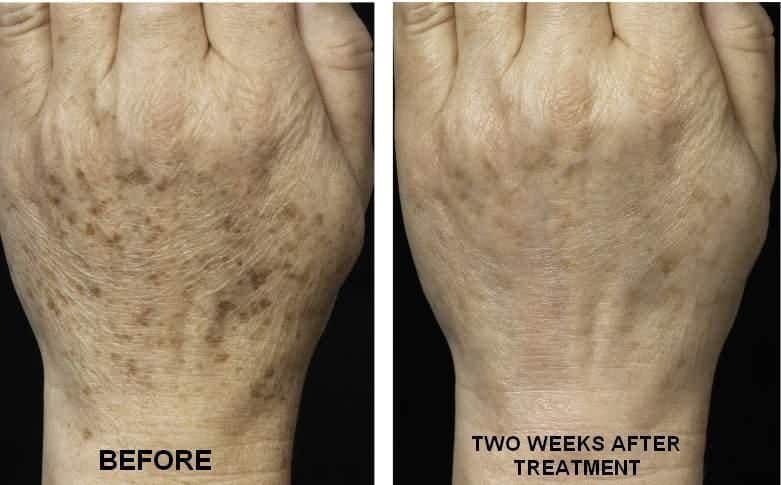
For skin imperfections such as brown spots and acne scars, it can be difficult to find a treatment that safely and effectively restores the natural beauty of the skin. At Skin Deep Laser MD, our skin rejuvenation treatments with the PicoFOCUS® laser improve the appearance of your cosmetic concerns comfortably and with no downtime.
Serving the Fort Worth area in Texas, Skin Deep Laser MD specializes in laser treatment and skin care procedures for your individual needs. Contact us today to schedule a consultation with Dr. Laura S. Riehm.
What is Skin Rejuvenation Treatment?
Rejuvenating the skin using laser-based therapy has been gaining attention worldwide for its ability to successfully resurface skin abnormalities without damaging the healthy surrounding skin. The PicoFOCUS® laser from Cynosure® is the latest in skin rejuvenation technology, creating unparalleled results.
The PicoFOCUS® is FDA-approved and has proven results treating a variety of skin conditions, including:
- Melasma
- Age Spots, freckles, sun damage, brown pigmentation
- Surgical scars
- Acne scarring
- Stretch marks
- Rosacea
- Reduction of fine lines and wrinkles
PicoFOCUS® utilizes picosecond laser technology, the most effective treatment for hyperpigmentation and lesions on the cosmetic market. While traditional laser treatments use intense heat to treat the skin, this often results in residual redness and downtime.
The gentler, fractionated light-based therapy of the PicoFOCUS® is safe for all skin types and targets skin issues in all three layers of skin, from hyperpigmentation on the surface to mid-dermal wrinkles and deep-dermal loose skin.
What are the Benefits of Skin Rejuvenation Treatments?
In addition to smoother, refreshed skin, skin rejuvenation treatment with the PicoFOCUS® has many benefits:
- The non-ablative, fractionated picosecond technology treats damaged skin more quickly and efficiently than IPL and other common lasers
- Unlike other laser-based therapies that require days or weeks of skin recovery, you will be able to return to your normal schedule within 24-48 hours
- Although visible results are evident after one treatment, the skin continues to improve with regular sessions
- PicoFOCUS® can be used on several areas of the body such as the face, decollete, arms, and hands
- Our skin rejuvenation treatments often create desired results in fewer sessions than other laser therapies require
Am I a Good Candidate for Skin Rejuvenation Treatment?
During your consultation, our team will examine your skin and determine the best course of treatment to achieve your desired results. All treatment plans are customized for the individual and our team will help you decide how many sessions will be necessary in order to help you look and feel your best.
Contact Skin Deep Laser MD today to schedule a consultation and find out if you are a candidate for skin rejuvenation treatment with the PicoFOCUS®


